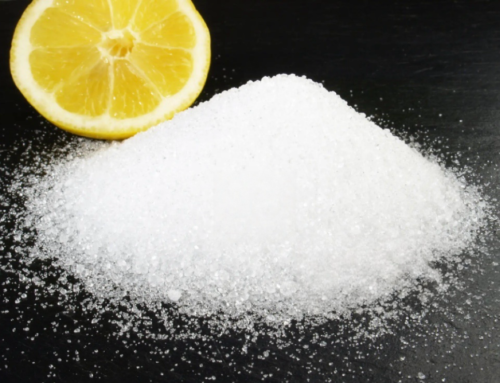Introducing TCP Tricalcium Phosphate
Tricalcium Phosphate, often abbreviated as TCP, is a white powdery substance. As a calcium salt derived from phosphoric acid and represented chemically as Ca3(PO4)2, it finds extensive use in various industries, notably the food sector. Here, it’s a prominent anti-caking agent, nutritional supplement, and, as we’ll delve into, a yeast enhancer.
Understanding Yeast and Its Needs
 Yeast, a microscopic single-celled organism, is a star player in many fermentation processes. For it to perform optimally, it requires a conducive environment and adequate nutrition. This is where TCP Tricalcium Phosphate steps in.
Yeast, a microscopic single-celled organism, is a star player in many fermentation processes. For it to perform optimally, it requires a conducive environment and adequate nutrition. This is where TCP Tricalcium Phosphate steps in.
TCP Tricalcium Phosphate: The Role of a Yeast Enhancer
- pH Regulator: One of yeast’s primary needs is an ideal pH level. If the environment is too acidic or too alkaline, the yeast can become less effective or even inactive. TCP Tricalcium Phosphate, with its buffering capabilities, helps in maintaining the desired pH levels, ensuring yeast functions at its peak.
- Supplying Essential Nutrients: For yeast to thrive and reproduce, it needs a steady supply of nutrients. Phosphorus is one such vital nutrient, and given that TCP Tricalcium Phosphate is a rich source of it, it aids in promoting yeast health and vitality during fermentation.
- Optimizing Leavening: Yeast’s role in baking is to produce carbon dioxide, making the dough rise. While yeast can naturally achieve this, the addition of TCP Tricalcium Phosphate can further enhance this process, especially when combined with other leavening agents.
Benefits of Using TCP Tricalcium Phosphate as a Yeast Enhancer
- Uniform Fermentation: By supporting yeast health and activity, TCP Tricalcium Phosphate ensures a consistent fermentation process. This is particularly crucial in large-scale baking or brewing where uniformity in end-products is a priority.
- Enhanced Nutritional Value: As a source of calcium and phosphorus, the introduction of TCP Tricalcium Phosphate into yeast-related products can boost their mineral content, thus providing added nutritional benefits.
- Improved Texture and Taste: By promoting consistent fermentation and leavening, TCP Tricalcium Phosphate contributes to a more uniform texture in baked goods. Moreover, optimal yeast activity can also play a role in refining the taste of certain products.
Can TCP Tricalcium Phosphate(As a Leavening Agent) Replace Yeast?
Although the two ingredients work effectively in baking and share the same leavening functions, TCP Tricalcium Phosphate still cannot replace yeast.
- Leavening and Fermentation: In baking, the carbon dioxide produced by yeast gives bread and other baked goods their airy, light texture. While TCP Tricalcium Phosphatecan be a component of some leavening agents, it does not, by itself, cause dough to rise or provide the same texture as yeast fermentation.
- Different Functional Roles: Yeast’s primary function is fermentation, while TCP Tricalcium Phosphate is used for its mineral content or as an anti-caking agent. TCP Tricalcium Phosphate doesn’t have the biological capability to ferment sugars and produce carbon dioxide or alcohol like yeast.
- Flavor Contribution: Yeast gives baked goods a distinctive taste. TCP Tricalcium Phosphatedoes do not contribute to flavor in the same way and cannot replicate the unique flavor that yeast imparts.
- Nutritional Aspects: Yeast can provide certain B vitamins and other nutrients during fermentation. On the other hand, TCP Tricalcium Phosphate offers calcium and phosphorus. These nutritional contributions are distinct and not interchangeable.
As TCP Tricalcium Phosphate takes on the role of a yeast enhancer, it not only ensures better food products but also bridges the gap between taste and nutrition.
Reach to [email protected] get a quotation, we’re pleased to serve you.




